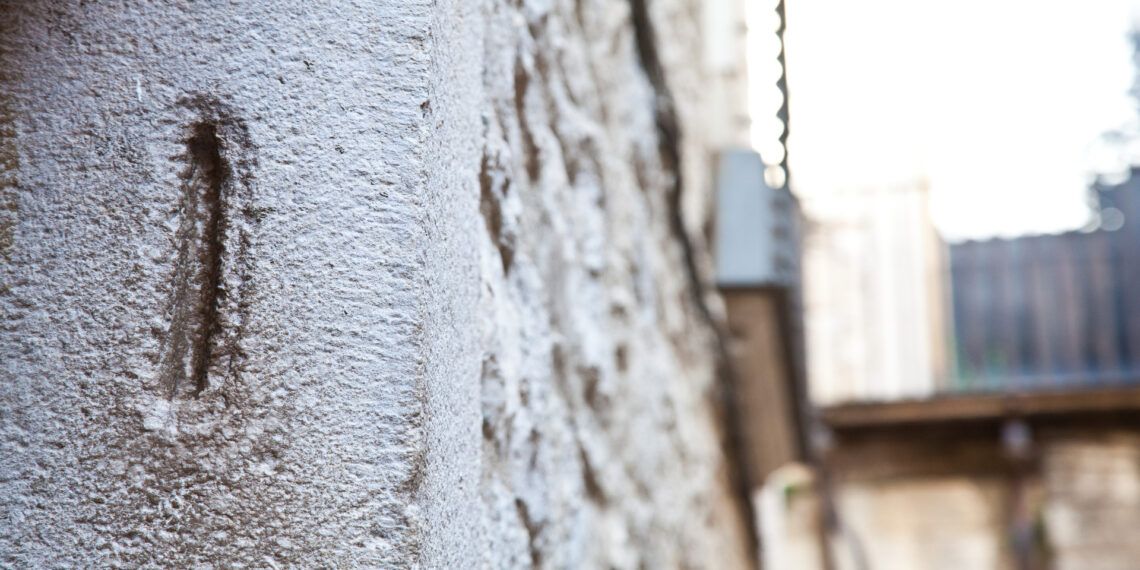While wandering through the streets of Girona, Catalonia, towards the Cathedral, one may ponder the history of the ancient streets that surround them. The winding streets transport visitors to the past, regardless of their beliefs. Girona is a place where buildings, streets, and ideas hold captivating stories.
Upon reaching the highest point of the Cathedral square, the magnificent Gothic building rises before you, inviting you to approach. You will face a decision here: descend towards the Cathedral through a monumental alley or make your way through the narrow Força street. If you choose the latter, you will unknowingly head towards the ‘Call’ gate of Girona, the entrance to a world where the revolution of medieval Jewish thought began.
Political circumstances and linguistic similarities on both sides of the Pyrenees fostered a unique exchange between Jewish communities. During the 12th century, young scholars traveled frequently across the Pyrenees, similar to modern-day exchange students. This period saw a mystical revival in Talmudic schools like Narbonne and Lunel, where rationalistic teachings based on the works of Maimonides were prevalent. These teachings are now recognized as Kabbalah.
Kabbalah is a doctrine that interprets the nature of God, the world, and the mysteries of creation through the linguistic interpretation of sacred texts, which are based on myths (many false) and lessons of wisdom.
Perhaps a better understanding of Kabbalah can be gained by ascending the enigmatic Sant Llorenç street. There, the cracks of an iron door will allow you to glimpse a beautiful private courtyard once owned by the famous Kabbalist Isaac “the Blind”. He was a prominent figure of his time and father of the ‘New Kabbalistic Principles’ that merged the flame of Jewish religious and philosophical discourse during the Middle Ages.
In Girona, during an era when Kabbalistic doctrine was often kept secret, it was on full display as Kabbalists lived in close spiritual union based on a unanimous conception of the world. The Kabbalistic circle was led by two extraordinary men: Azriel of Girona and the great Moses Ben Nahman, also known as Nahmanides, Ramban or Bonastruc ça Porta, whose name adorns the Jewish History Museum of Girona.
Nahmanides, also known as Ramban, was the leading spiritualist and Talmudic authority of his generation. He led the Kabbalistic circle of Girona and created an extensive religious and philosophical work based on meditation and interpretations of the Torah and the Talmud. Due to his prestige, the Jewish communities of the Crown selected him as their representative to intervene in the most controversial dispute of the Spanish Golden Age, known as ‘The Disputation of Barcelona,’ which ended tragically. However, that is another story.
Jewish History Museum of Girona’s Schedule:
From September 16th to June 21st (except Christmas and Easter): Wednesdays and Thursdays from 02:00 p.m. to 06:00 p.m., Fridays and Saturdays from 10:00 a.m. to 02:00 p.m. Closed on Mondays, Tuesdays, Sundays and holiday banks.
From June 22nd to September 15th: Tuesday, Thursday and Friday from 10:00 a.m. to 02:00 p.m. and Wednesday from 02:00 p.m. to 06:00 p.m. Closed on Mondays, Saturdays, Sundays and holiday banks.
Audio-guide: free.
Address: Carrer de la Força, 8, 17004 Girona
Phone: +34 972 216 761
Email: re*****************@******na.cat
Website: girona.cat









